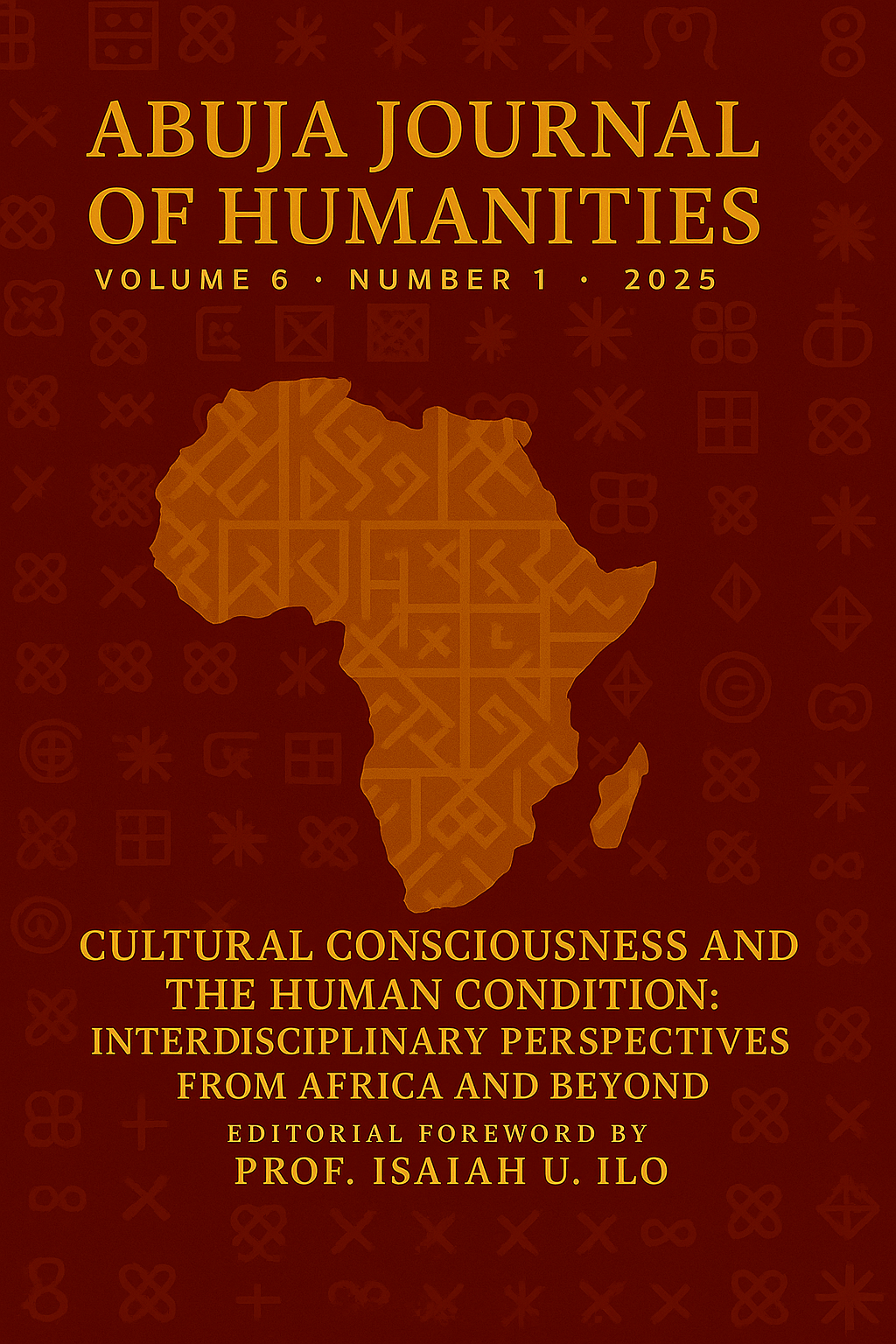Negotiating the Female Gaze: Feminist Film Theory and the Cultural Politics of Gender in Nollywood
Keywords:
Nollywood Cinema, African Feminist Theory, Male and Female Gaze, Gender Representation in FilmAbstract
This essay explores the intersection of feminist film theory and the politics of gender representation in Nigerian cinema, with a particular focus on Nollywood as a dynamic site of visual negotiation. The analysis interrogates how the foundational concepts of the male and female gaze—originally theorised in Western cinematic contexts—are both reproduced and contested within Nollywood’s evolving narrative and aesthetic landscape. Through close readings of selected films such as Silent Scandal, Half of a Yellow Sun, and King of Boys, the essay identifies visual and narrative strategies that reflect the persistence of patriarchal norms, as well as emergent practices that centre female subjectivity and agency. It further engages African feminist theoretical frameworks—specifically Nego-Feminism, Snail-Sense Feminism, and STIWA—to contextualise these cinematic developments within indigenous epistemologies that prioritise negotiation, community, and relational autonomy. The study contends that while the male gaze remains entrenched in Nollywood’s representational codes, a culturally grounded female gaze is beginning to materialise—particularly through the work of female directors and gender-conscious narratives. Rather than seeking a wholesale adoption of Western feminist aesthetics, this emergent gaze is characterised by moral complexity, narrative depth, and an attentiveness to the socio-cultural realities that shape women’s lives in Nigeria. The essay thus positions Nollywood as a contested but fertile ground for reimagining feminist visual politics in Africa, where global feminist discourses intersect with local cultural imaginaries to produce hybrid forms of gendered representation. In doing so, it contributes to the broader project of decolonising film theory and expanding the lexicon through which feminist visuality is understood in postcolonial cinematic contexts.

